jul . 31, 2024 17:08 Back to list
Ceramic Bearings : Advantages and Applications in Precision Engineering
Ceramic Bearings : Advantages and Applications in Precision Engineering
1.Ceramic Bearings

In the dynamic realm of engineering, where precision and efficiency are paramount, ceramic bearings have emerged as a revolutionary component, pushing the boundaries of what traditional steel bearings can achieve. This article explores the key attributes and benefits of ceramic bearings, shedding light on why they have become increasingly popular in various industries.
Ceramic bearings, as the name suggests, are bearings made from advanced ceramic materials, typically silicon nitride (Si3N4) or zirconia (ZrO2). These materials exhibit exceptional hardness, corrosion resistance, and low thermal expansion, making them ideal for applications where traditional steel bearings may fall short.
2.Are ceramic bearings better?
Ceramic bearings offer advantages such as high durability. However, their higher cost is a notable drawback. The decision between ceramic and steel bearings depends on factors like budget, application requirements, and the importance of weight savings. In scenarios where the benefits of durability and weight savings outweigh the cost, ceramic bearings can be a superior choice.
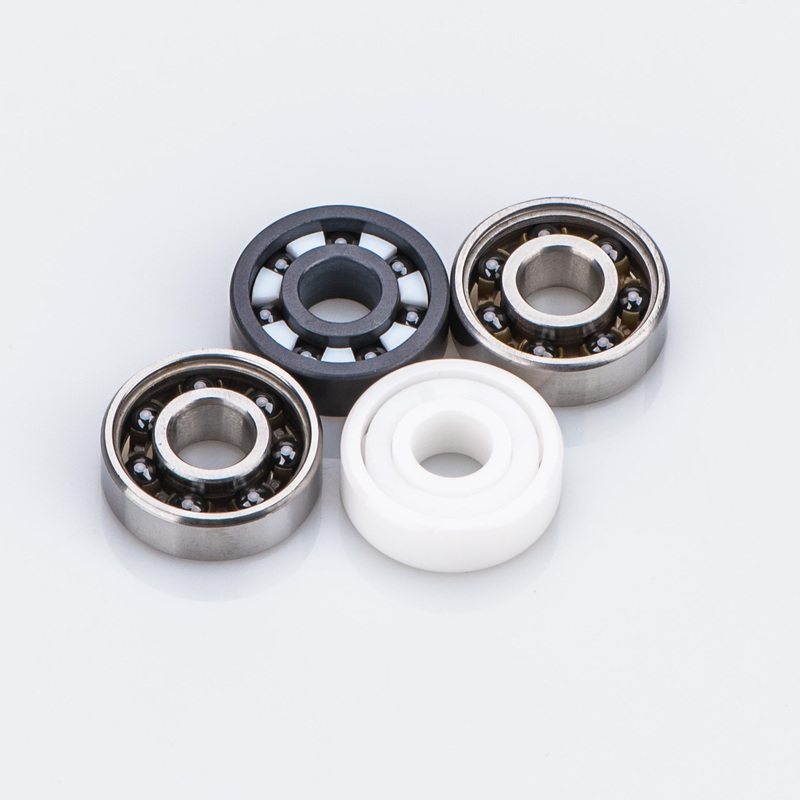
(1). Advantages of Ceramic Bearings
- Enhanced Durability: Ceramic bearings are renowned for their exceptional hardness, providing a level of durability that surpasses traditional steel bearings. The enhanced durability translates to a longer lifespan and reduced maintenance requirements.
- Reduced Friction and Heat Generation: One of the standout features of ceramic bearings is their ability to reduce friction and heat generation. The smooth surface finish of ceramic materials, combined with their low coefficient of friction, results in less energy loss due to friction, ultimately leading to more efficient operation.
- Corrosion Resistance: Ceramic bearings exhibit remarkable resistance to corrosion, making them well-suited for applications in harsh environments or those involving exposure to corrosive substances. This resistance ensures the longevity of the bearing and maintains its performance integrity over time.
- Lightweight Nature: Ceramic materials are inherently lighter than steel, contributing to the overall weight reduction of the bearing assembly. This feature is crucial in industries where minimizing weight is a priority, such as aerospace and automotive applications. The reduced weight not only enhances performance but also contributes to energy efficiency.
- High Temperature Tolerance: Ceramic bearings excel in high-temperature environments, maintaining their structural integrity and performance even when exposed to extreme temperatures. This characteristic makes them invaluable in applications where conventional bearings may falter due to thermal stress.
3.Do ceramic bearings crack?
Ceramic bearings are known for their hardness, low friction, and resistance to corrosion, making them popular in various applications, including high-performance bicycles, skateboards, and industrial machinery.
However, ceramic materials, such as silicon nitride or zirconia, are more brittle than steel. While they are generally very durable, they can crack or shatter under extreme stress or impact.
Factors that can contribute to ceramic bearing cracking include:
- Overloading: Excessive loads on ceramic bearings can lead to stress concentrations and, ultimately, cracking. It's essential to ensure that the bearings are appropriately sized for the application to avoid overloading.
- Impact: Sudden impacts or shocks can cause ceramic bearings to crack. This is especially relevant in applications where the bearings are exposed to high-impact forces, such as in sports equipment or certain industrial processes.
- Misalignment: Improper alignment of bearings can lead to uneven distribution of loads, causing stress concentrations that may result in cracking over time.
- Temperature Extremes: Rapid temperature changes, especially extreme cooling, can induce thermal stresses in ceramic materials, potentially leading to cracking. Proper lubrication and temperature management are crucial in preventing such issues.
- Poor Handling: Careless handling during installation or maintenance can also contribute to the risk of ceramic bearing cracking. It's important to follow recommended procedures for handling and mounting to minimize the potential for damage.
- To maximize the longevity and performance of ceramic bearings, it's crucial to use them within their specified limits, avoid excessive loads or impacts, ensure proper alignment, and follow recommended maintenance practices.
4.Do ceramic bearings need special grease?
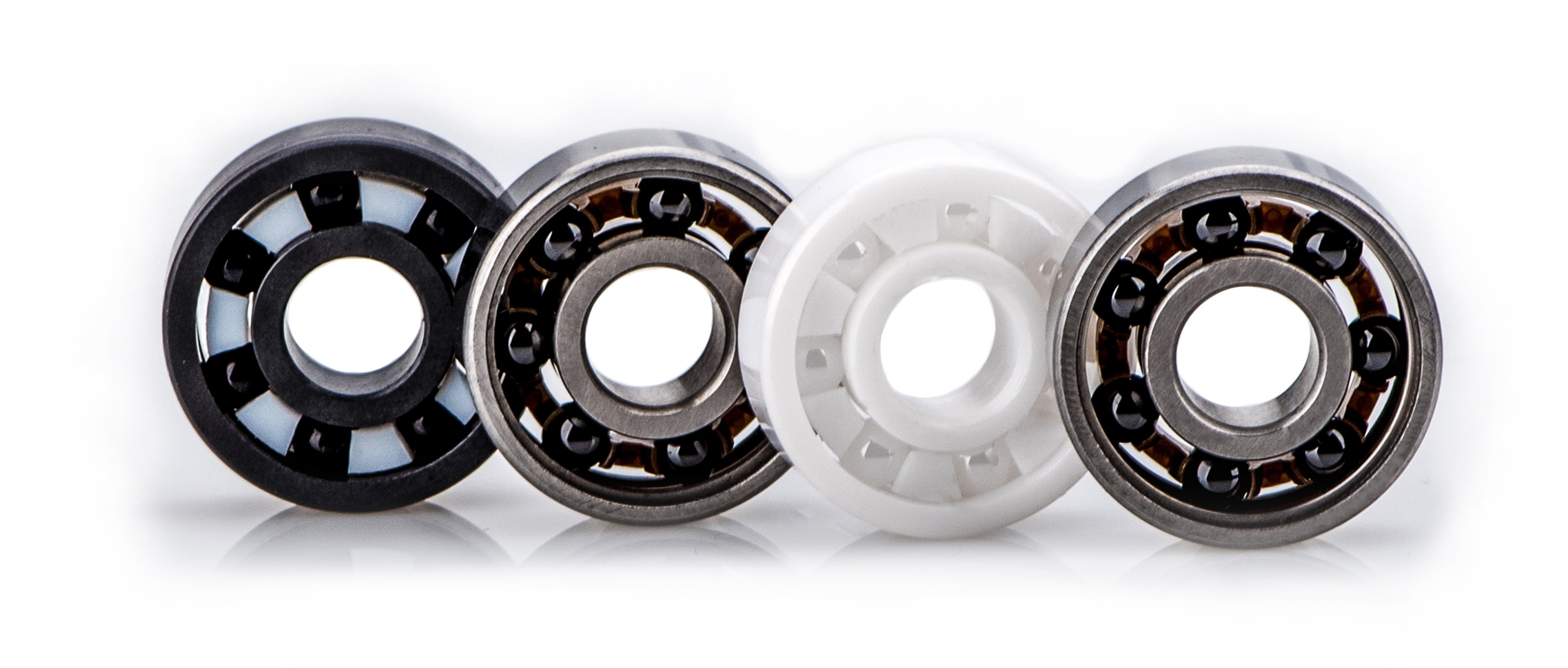
Ceramic bearings can operate effectively in dry or minimal lubrication conditions, and in some cases, they are marketed as "maintenance-free" or "self-lubricating." In these situations, the unique properties of ceramic materials, such as their high hardness and resistance to wear, contribute to their performance without the need for traditional greases.
(1). Why is grease not recommended for ceramic bearings
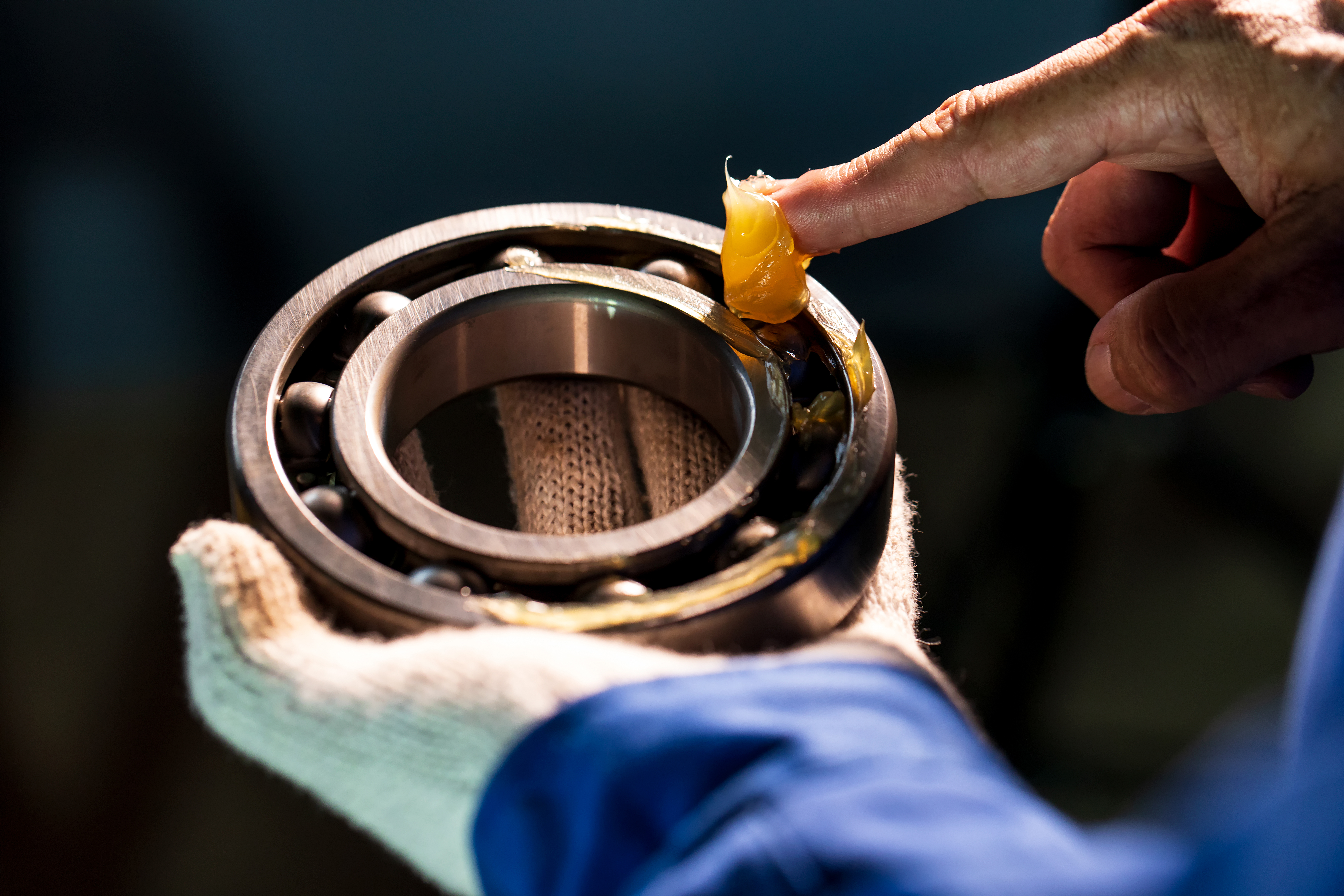
Grease is not universally discouraged for ceramic bearings; however, specific considerations may lead to recommendations against its use in certain situations. Here are a couple of reasons why grease might not be recommended for ceramic bearings:
Dust Accumulation: Grease can attract and retain dust and contaminants, which, in turn, may lead to increased friction and wear. In environments where dust is a concern, dry or minimal lubrication solutions might be preferred.
 It's essential to assess the specific requirements of the application and follow manufacturer guidelines to determine the most appropriate lubrication strategy for ceramic bearings, ensuring their longevity and optimal performance.
It's essential to assess the specific requirements of the application and follow manufacturer guidelines to determine the most appropriate lubrication strategy for ceramic bearings, ensuring their longevity and optimal performance.
4 Bolt Composite material UCSF204 stainless steel units and Zirconia Ceramic bearing
5.What type of bearing lasts the longest?
The longevity of a bearing depends on various factors, including the application, operating conditions, and maintenance. However, in general terms, ceramic bearings tend to have longer lifespans compared to traditional steel bearings. The high hardness and wear resistance of ceramic materials contribute to their durability, making them suitable for applications where extended lifespan is crucial.
Based on general considerations and properties, here's a rough ranking of bearing materials from potentially longer to shorter lifespan:
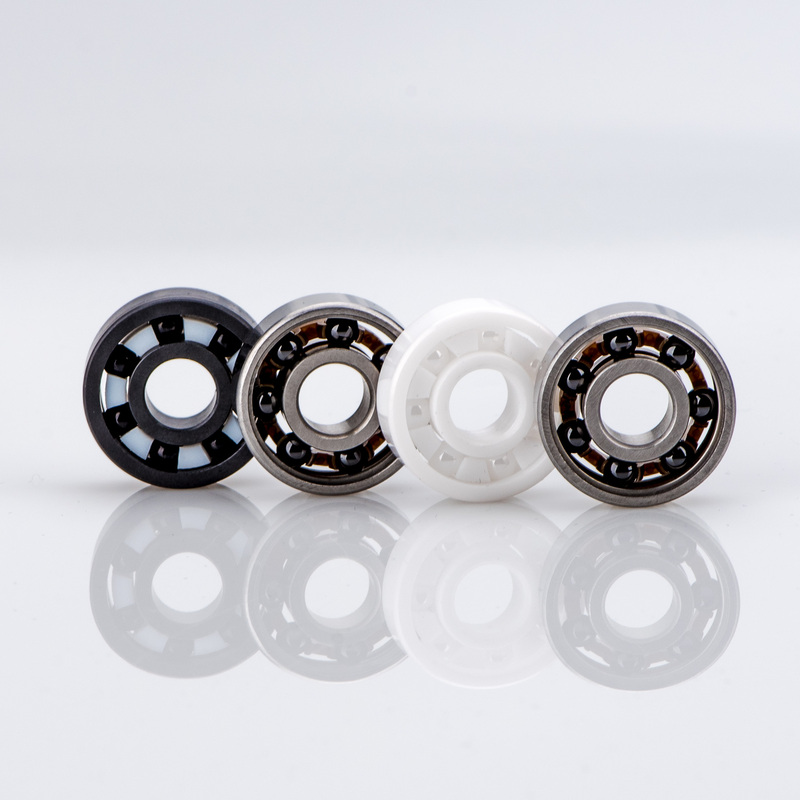
(1). Ceramics
Ceramic bearings, especially those made from materials like silicon nitride, often have a longer lifespan than traditional steel bearings. Ceramics offer excellent hardness, corrosion resistance, and resistance to wear.
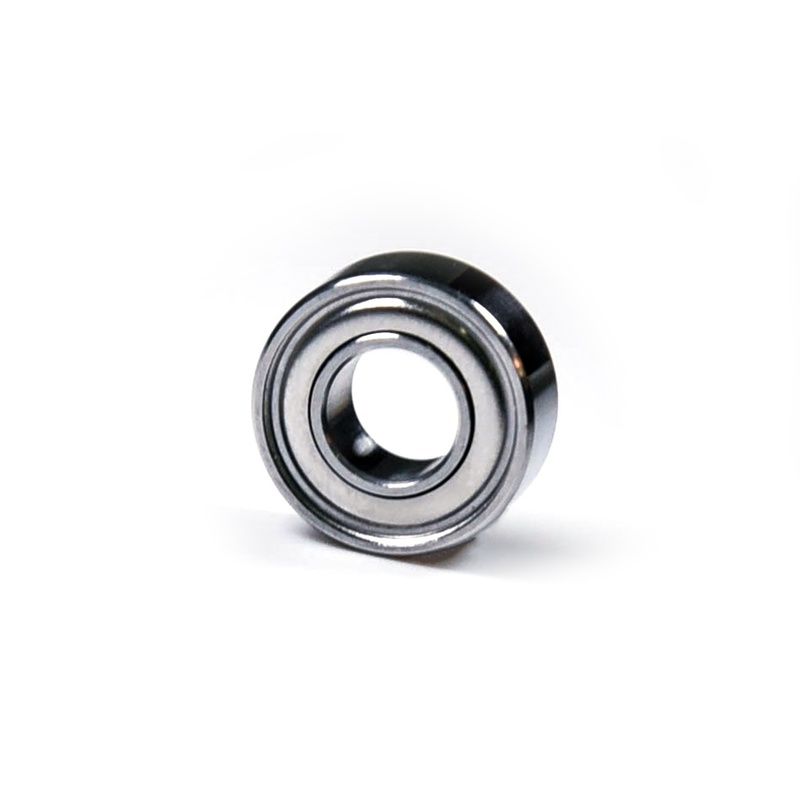
(2). Steel
High-quality steel alloys, such as chrome steel, are known for their durability and wear resistance, providing a relatively long lifespan.
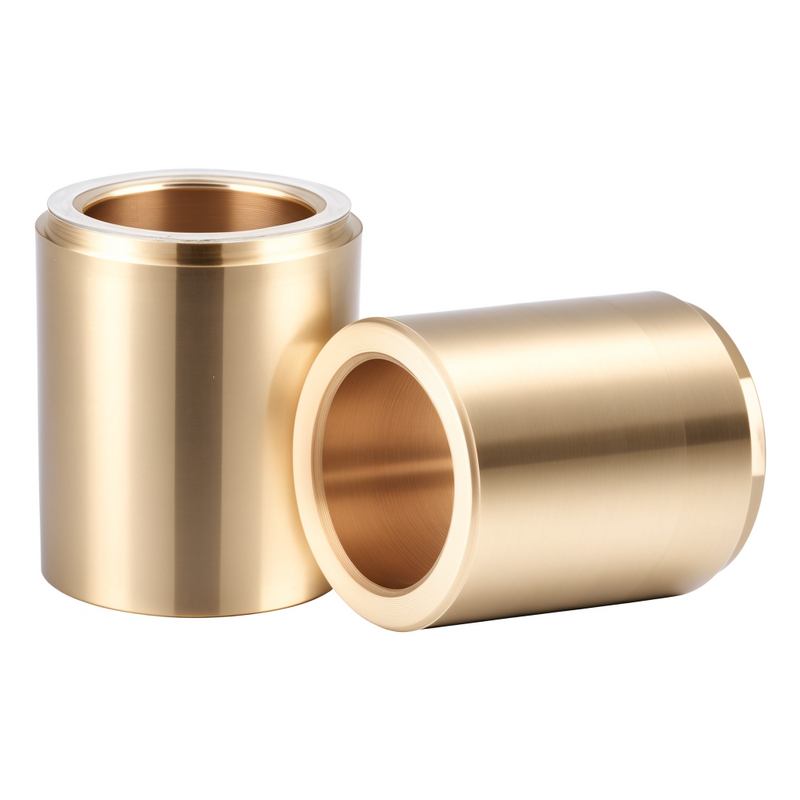
(3). Bronze Alloys
Bronze alloys, like phosphor bronze, are commonly used in bushing bearings and can offer a moderate lifespan, depending on factors like load and lubrication.
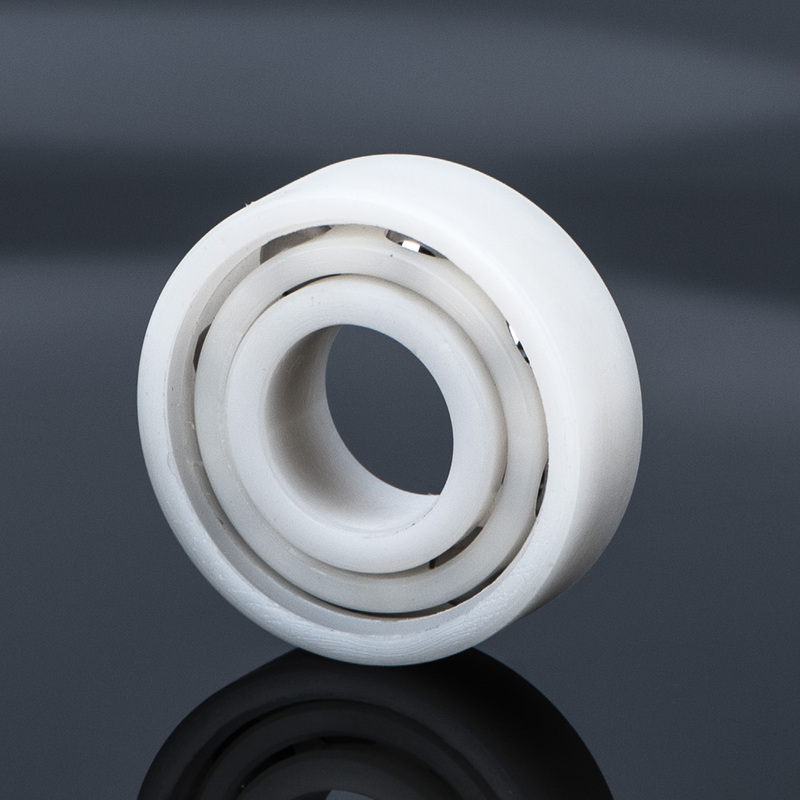
(4). Plastics
Plastic bearings, including those made from materials like PTFE and acetal, may have a shorter lifespan compared to steel, ceramics, or bronze. They are often used in low-load, low-speed applications where their specific properties, such as low friction and self-lubrication, are advantageous.
 Please note that this order is a generalization, and actual performance can vary based on specific conditions and applications. It's always advisable to consult with bearing manufacturers or engineers for precise recommendations based on the intended use.
Please note that this order is a generalization, and actual performance can vary based on specific conditions and applications. It's always advisable to consult with bearing manufacturers or engineers for precise recommendations based on the intended use.
6.What is better ceramic or steel bearings?
The choice between ceramic and steel bearings depends on the specific requirements of the application and the conditions under which the bearings will operate. Both materials have their advantages and disadvantages.
 Here are some factors to consider:
Here are some factors to consider:
(1). Advantages of Ceramic Bearings
- High Hardness: Ceramic materials, especially silicon nitride, are extremely hard. This hardness can contribute to increased wear resistance and durability.
- Low Friction: Ceramic bearings often exhibit lower friction compared to steel bearings. This can result in less heat generation and improved efficiency.
- Corrosion Resistance: Ceramics are generally more corrosion-resistant than steel, making them suitable for applications in harsh environments.
- Lightweight: Ceramics are typically lighter than steel, which can be advantageous in applications where weight is a critical factor.
(2). Advantages of Steel Bearings
- Cost: Steel bearings are often more cost-effective than ceramic bearings, making them a practical choice for many applications.
- Toughness: Steel is tougher than ceramic materials, meaning it can better withstand impact and shock loads. This toughness is important in applications with high loads or potential for sudden forces.
- Availability: Steel bearings are widely available and come in a variety of types and sizes. They are a standard choice for many industrial applications.
- Temperature Stability: While ceramics can handle high temperatures well, steel bearings can also perform reliably in a wide range of temperatures.
(3).  Considerations
Considerations
- Application Requirements: Consider factors such as load capacity, speed, temperature, and environmental conditions to determine which material is better suited for the specific application.
- Cost: Ceramic bearings are often more expensive than steel bearings. Consider the budget constraints of the project.
- Maintenance: Both ceramic and steel bearings require proper maintenance. Ensure that the chosen material aligns with the maintenance practices and schedules of the application
In summary, there is no one-size-fits-all answer, and the better choice between ceramic and steel bearings depends on the specific needs of the application. For high-performance and specialized applications, ceramic bearings might offer advantages, while for many general-purpose applications, steel bearings may be more cost-effective. It's advisable to consult with bearing manufacturers or engineers to make an informed decision based on the specific requirements of your project.
Latest news
-
25MM 2 BOLT UCFLX05-14 Flange bearing unit( oval)
NewsMar.07,2025
-
4 bolt UCF 200 series Pillow block bearings
NewsMar.07,2025
-
25MM 2 BOLT UCFLX05-14 Flange bearing unit( oval)
NewsMar.07,2025
-
UCF216-50 4-Bolt Flange Housing Square Bearing
NewsMar.07,2025
-
25MM 2 BOLT UCFLX05-14 Flange bearing unit( oval)
NewsMar.07,2025
-
spherical roller bearing material exporter
NewsMar.07,2025






